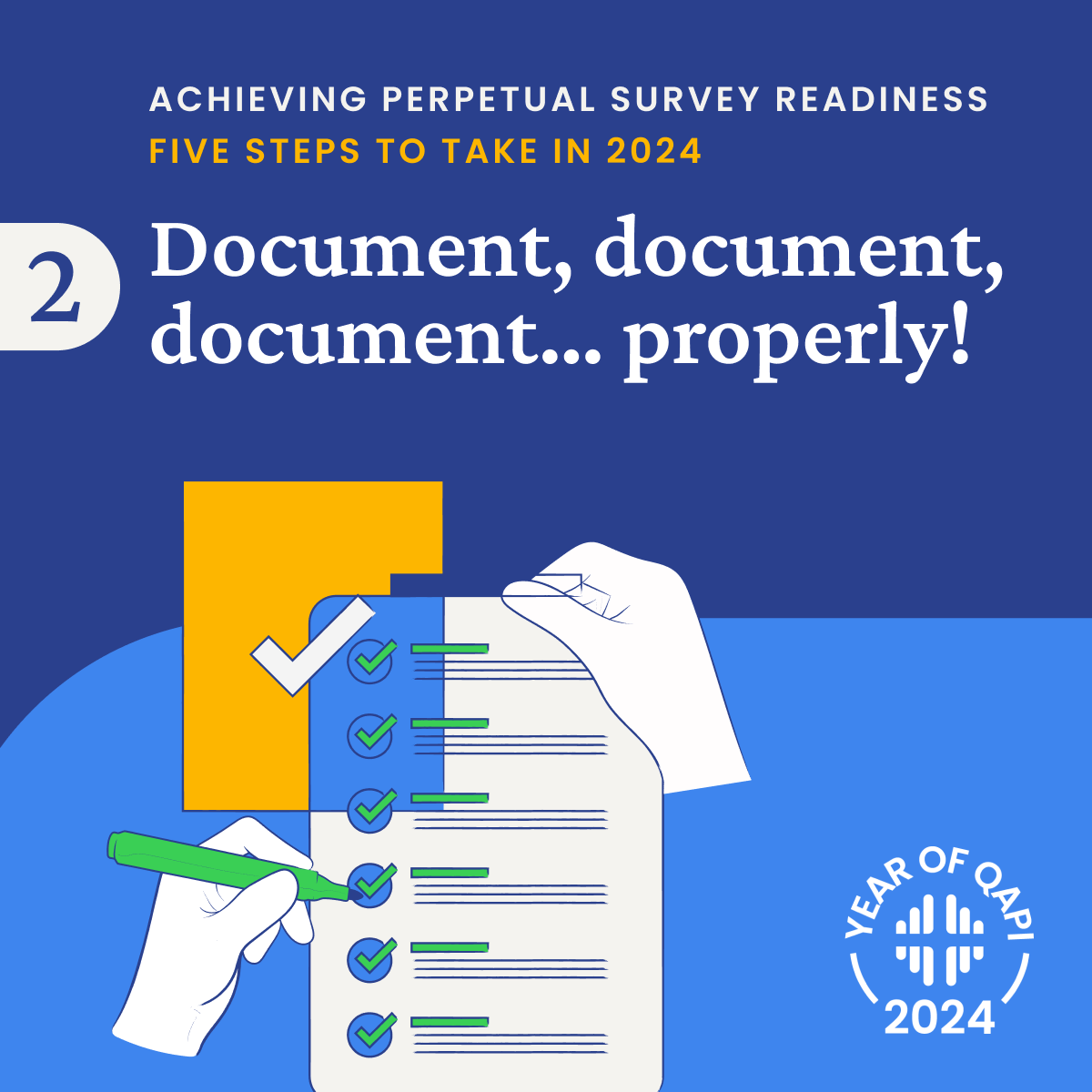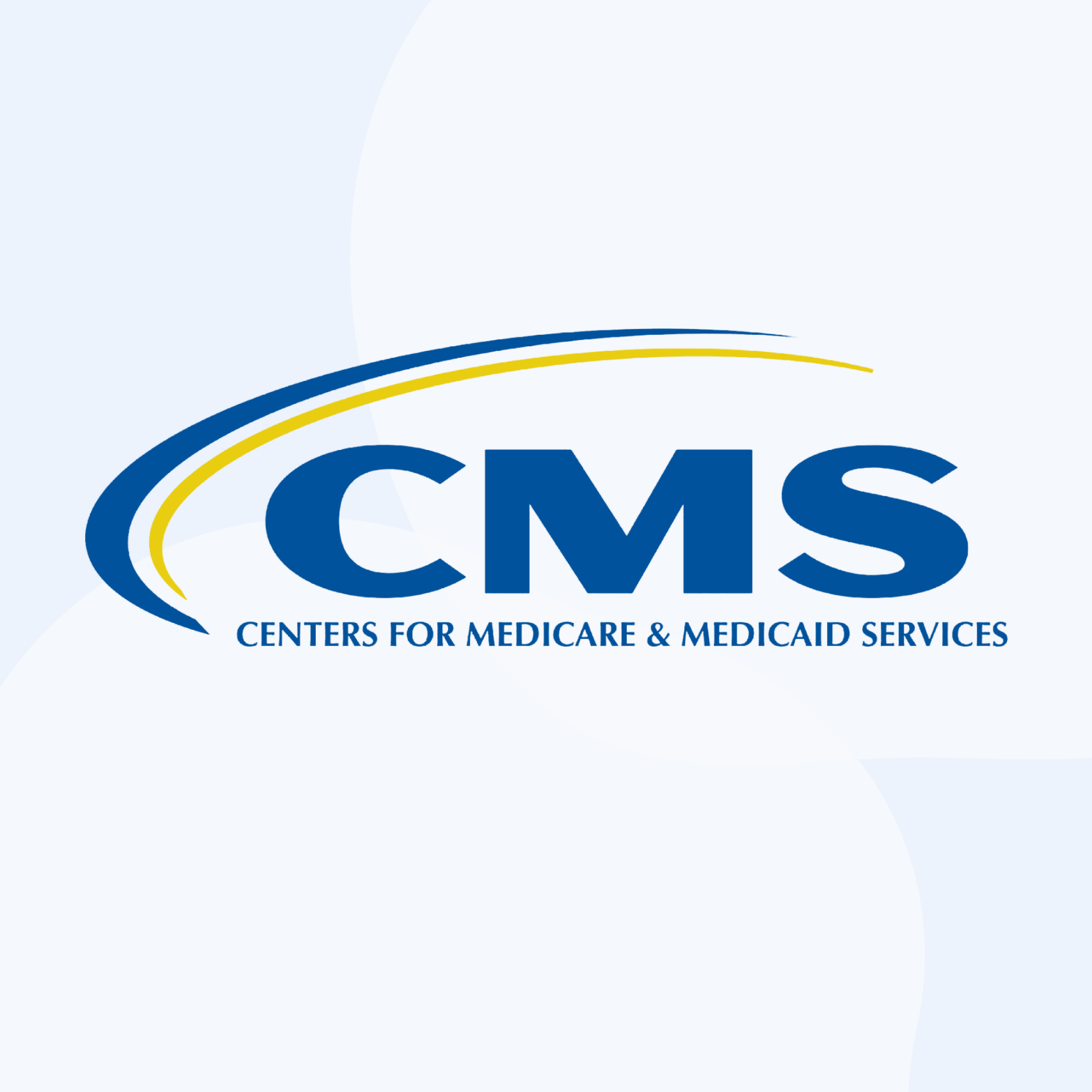1 min read
Interim Healthcare – Great Lakes Health Partners Chooses QAPIplus for Quality and Compliance Across Home Health, Hospice, and Palliative Care
Interim Healthcare – Great Lakes Health Partners has selected QAPIplus as its official partner for quality and compliance management across its home...

.png)


